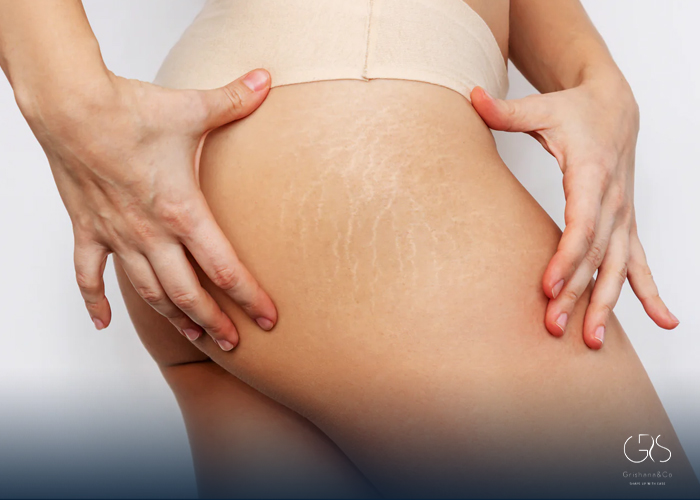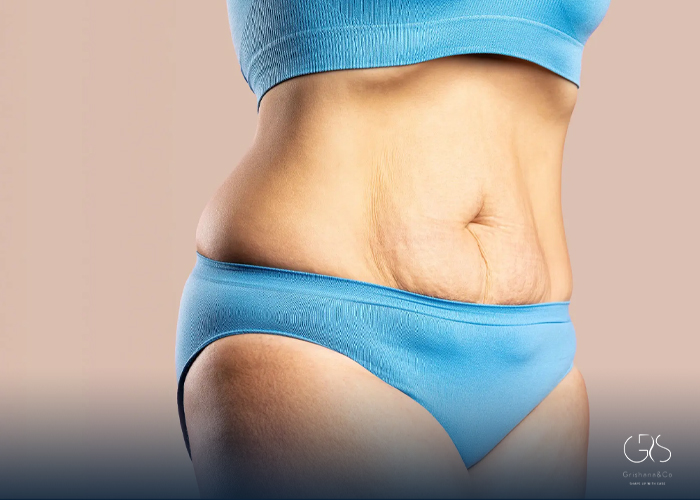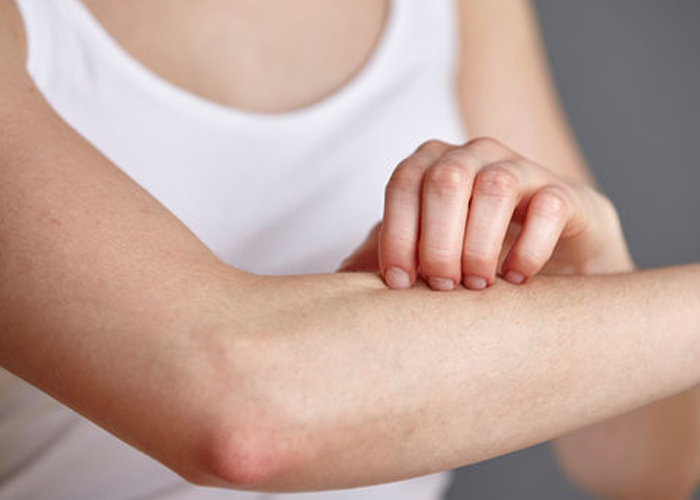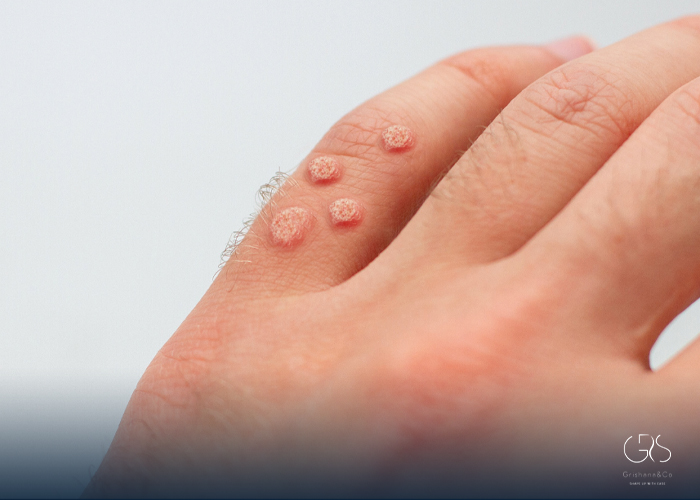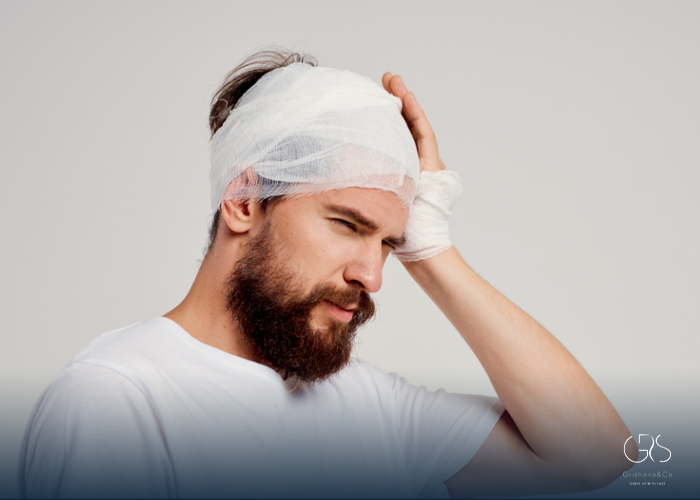Stretch marks, also known as striae, are a common skin condition that affects people of all genders, ages, and body types. They appear as faded lines or streaks on the skin, often in the abdomen, thighs, buttocks, and breasts. While stretch marks are generally harmless, their appearance can cause distress and self-consciousness. This article delves into the causes of stretch marks and explores whether they can go away.
Causes of Stretch Marks:
1.Rapid Growth and Weight Gain: Stretch marks commonly occur during periods of rapid growth, such as puberty or pregnancy. When the skin is stretched beyond its normal limits, the collagen and elastin fibers in the middle layer of the skin tear, resulting in stretch marks.

2.Hormonal Changes: Hormonal fluctuations, particularly increased levels of cortisol (a stress hormone) and decreased levels of collagen, can weaken the skin’s elasticity and make it more susceptible to tearing.
3.Genetic Predisposition: Some individuals may be more genetically prone to developing stretch marks. If your parents or close relatives have experienced stretch marks, your likelihood of developing them may be higher.
4.Certain Medical Conditions and Medications: Conditions like Cushing’s syndrome and Marfan syndrome can contribute to stretch marks. Similarly, long-term use of corticosteroid medications can increase the risk of stretch marks.
Can Stretch Marks Go Away?
While stretch marks generally do not go away completely, they can fade over time and become less noticeable. The extent to which stretch marks fade varies from person to person and depends on various factors:
1.Age: Fresh stretch marks tend to be red, purple, or pink in color and are more likely to fade with time. Older stretch marks may appear white or silvery and are more challenging to treat.
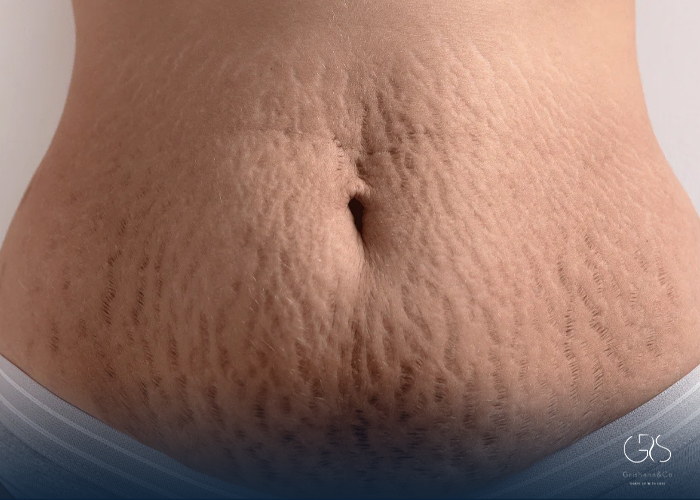
2.Skin type and color: People with lighter skin tones often notice their stretch marks fading more readily than those with darker skin tones due to the contrast in colors.

3.Treatment: Several treatment options are available to minimize the appearance of stretch marks. These include topical creams, laser therapy, microneedling, and chemical peels. Treatment effectiveness depends on individual factors and the severity of the stretch marks.
Diverse Perspectives:
1.Body Positivity: Some argue that stretch marks are a natural part of the body’s growth and should be embraced. The body positivity movement encourages people to accept their imperfections and view stretch marks as beautiful reminders of their life journeys.
2.Cosmetic Industry: The cosmetic industry offers numerous products claiming to eliminate stretch marks entirely. While some products may show modest improvements, it is essential to approach these claims with caution and consult reputable dermatologists for expert advice.
Conclusion:
Stretch marks are a common dermatological concern impacting individuals worldwide. While they may fade and become less noticeable over time, complete removal is unlikely. Embracing stretch marks as part of one’s unique body journey is an empowering perspective that challenges societal beauty standards.
As with any skin-related concern, it is advisable to consult a dermatologist for personalized guidance, as appropriate treatment options vary based on individual circumstances.
Sources
- Mayo Clinic, Stretch marks
- Harvard Health Publishing, Why do some people get stretch marks and others don’t?
- MedicalNewsToday, Stretch marks: Why they appear and how to get rid of them


